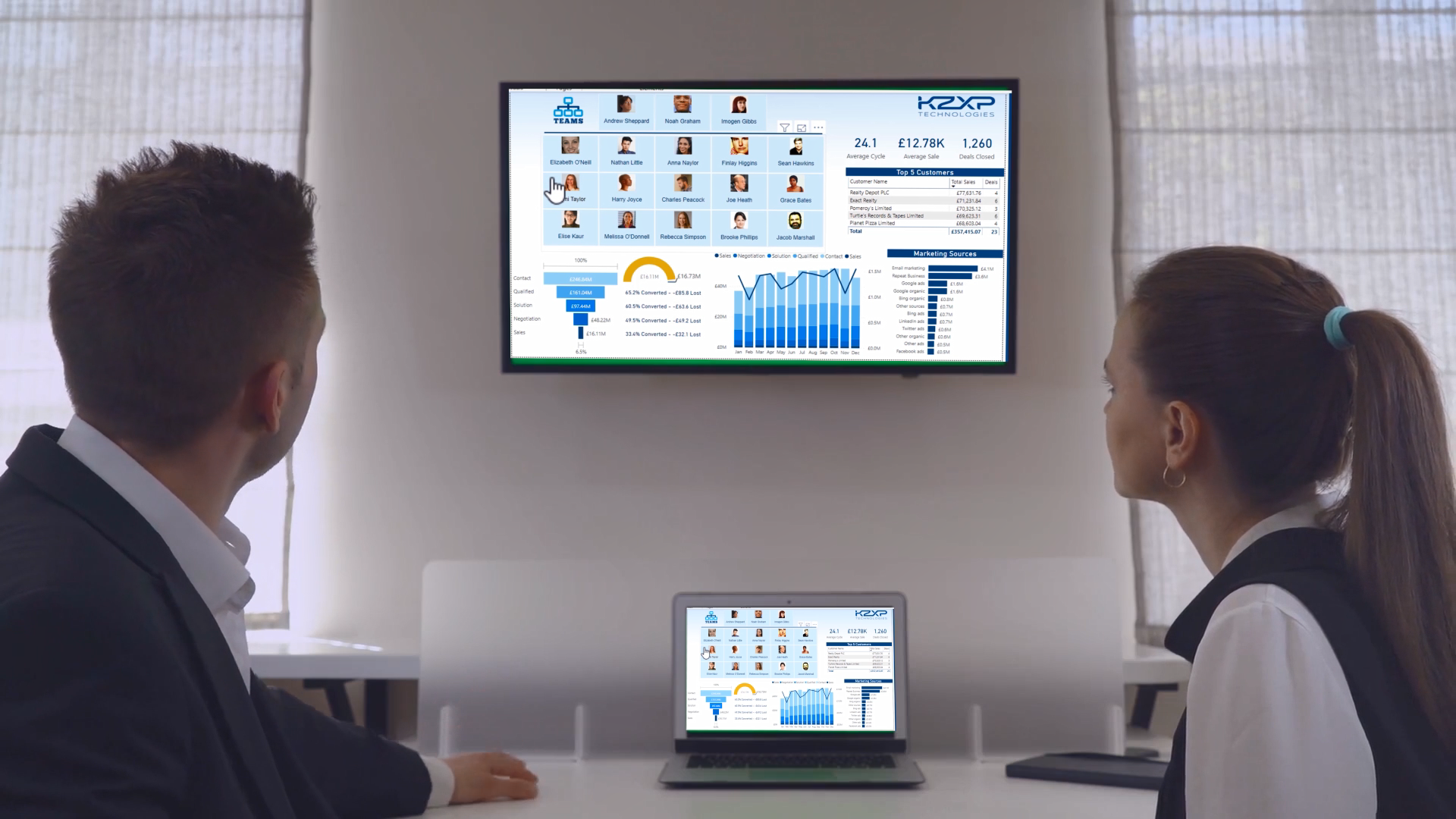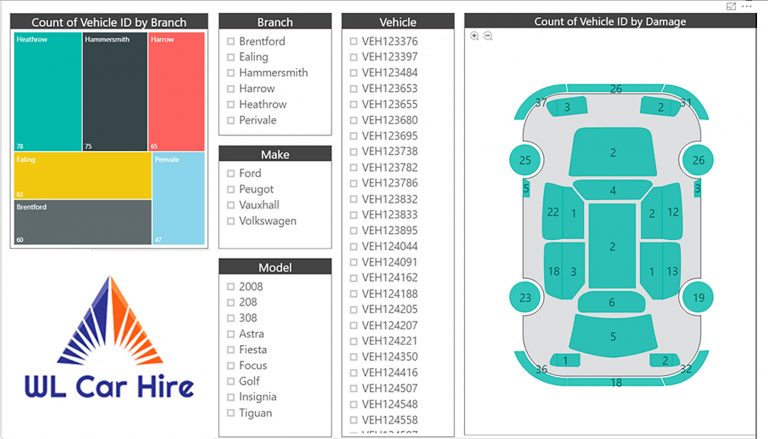Azure HDInsight
Power BI is a powerful tool for data analysis and visualization. It allows users to connect to various data sources and perform advanced analysis using its built-in tools. One of the data sources that users may need to connect to is the Azure HDInsight data source. In this article, we will explore the Power Query M language code for connecting to the Azure HDInsight data source from inside Power BI.
What is Azure HDInsight?
Azure HDInsight is a cloud-based service that provides users with a fully-managed Hadoop environment. It allows users to deploy Hadoop clusters on-demand and provides tools for managing, monitoring, and securing these clusters. Azure HDInsight supports various Hadoop components such as HBase, Storm, Spark, and Hive.
Connecting to Azure HDInsight from Power BI
To connect to the Azure HDInsight data source from Power BI, you will need to use the Power Query feature. Power Query is a data connection and transformation tool that allows users to connect to various data sources, transform the data, and load it into Power BI.
Step 1: Open Power BI Desktop
To get started, open Power BI Desktop and click on the “Get Data” button in the Home tab. A list of available data sources will appear.
Step 2: Select Azure HDInsight
In the list of available data sources, select “Azure HDInsight” and click on the “Connect” button.
Step 3: Enter the Connection Details
In the “Azure HDInsight” dialog box, enter the connection details for your Azure HDInsight data source. This includes the cluster name, the username and password, and the database name. Once you have entered the details, click on the “OK” button.
Step 4: Load the Data
After you have entered the connection details, Power Query will connect to the Azure HDInsight data source and retrieve the data. You can then transform the data using the Power Query Editor and load it into Power BI.
Power Query M Language Code for Connecting to Azure HDInsight
If you prefer to use Power Query M language code to connect to Azure HDInsight, you can do so by following these steps:
Step 1: Open Power BI Desktop
Open Power BI Desktop and click on the “Transform Data” button in the Home tab. This will open the Power Query Editor.
Step 2: Create a New Query
In the Power Query Editor, click on the “New Source” button and select “Azure HDInsight” from the list of available data sources.
Step 3: Enter the Connection Details
In the “Azure HDInsight” dialog box, enter the connection details for your Azure HDInsight data source. This includes the cluster name, the username and password, and the database name. Once you have entered the details, click on the “OK” button.
Step 4: Generate M Language Code
After you have entered the connection details, Power Query will generate M language code that you can use to connect to Azure HDInsight. You can view the code by clicking on the “View” tab in the Power Query Editor and selecting “Advanced Editor”. The code will be displayed in the Advanced Editor window.
Conclusion
In this article, we have explored the Power Query M language code for connecting to the Azure HDInsight data source from inside Power BI. We have also discussed the steps for connecting to Azure HDInsight using the Power Query feature. With these tools, users can easily connect to and analyze data from their Azure HDInsight clusters within Power BI.












